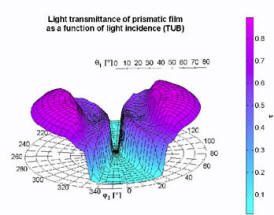 Artificial lighting represents a major part of the overall energy consumption in non-residential buildings. However, more daylight conscious architectural solutions and the introduction of innovative daylighting systems and efficient lighting controls can displace a considerable part of this electricity consumption by utilizing the natural resources offered by daylight.
Artificial lighting represents a major part of the overall energy consumption in non-residential buildings. However, more daylight conscious architectural solutions and the introduction of innovative daylighting systems and efficient lighting controls can displace a considerable part of this electricity consumption by utilizing the natural resources offered by daylight.
The Task was to focus on those daylighting systems and strategies which can be applied in new and existing buildings with a high aggregate electricity saving potential such as offices, schools, commercial, and institutional buildings. Systems and strategies were tested and performance evaluated through studies in laboratory facilities, by computer simulations, as well as in Case Study buildings. The performance assessment covered visual, architectural and environmental aspects, including user acceptance of the systems.